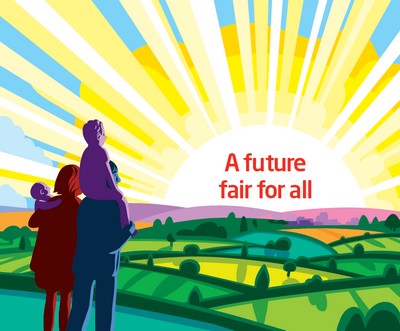Treat social media like crisis PR (not media)
678 words | ~3 min
The title of this post pretty much sums it up. A lot of brands and organisations treat social media as if, as its name implied, it were primarily a media channel. This is a mistake.
By this, I don't mean to rehash the lesson that surely everyone in marketing must have heard by now - that brands should not just use social media to broadcast messages. This is obviously true: for a sample, look at the Twitter feeds or Facebook fan pages of a lot of brands, which seem to function largely as repositories for press releases, with little or no two-way conversation happening. This is not the point I'm making.
Rather, the important mistake a lot of brands are making in social media is to assume that what they say about themselves has any weight of authority behind it at all.
Think of it this way. If you book a load of TV spots in which to run an ad, those spots are the primary TV space in which your brand is discussed. There may be a few tactical ads from your competitors which mention you disparagingly, and you may be mentioned on a few TV programmes. Unless you're BP, and everyone's talking about you, it's genuinely true that in media your own brand messages will be more prominent than other people's mentions of your brand. In media, in other words, the buyer calls the shots.
Social media channels are virtually costless to use. What's more, there is very little extra benefit to be gained from paying. Yes, there are banner ads and keyword ads and expensive search engine optimisation and bungs to bloggers and even more expensive digital campaigns, but the hard truth is that you can't out-shout the rest of the internet. And if all the other users of a media channel decide to start talking about you, and can afford to do it, then your life takes a rather unexpected turn. This happens occasionally in paid media: it's happening to BP at the moment. Typically, in 'antisocial media' like print and TV, the duration of the effect for a given brand is fairly short. Once journalists and commentators and activists and other brands have stopped talking about BP, they'll move on to something else.
In social media, by contrast, where the amount of media is not constrained by the size of the channel (virtually limitless) or the cost of communication (virtually nothing), the noise for any individual brand can be sustained. However loud you can shout, you can always be shouted down. It's a little like being BP, all day, every day.
Of course, there are ways of dealing with this kind of mayhem. They're not advertising solutions, though, but solutions from 'crisis PR'. The name is a giveaway. When everyone else is talking about your brand in mainstream media, it's typically a crisis: a high-intensity, short-duration and potentially damaging experience. In social media the intensity is still high but there's no guarantee the duration will be short. It may also not be as negative. Many of the actors in social media may be saying positive or neutral things about you.
So don't just think about doing 'social media activity', like you would print or press activity. Yes, be proactive, execute, do good work using those channels. But underpin that with a constant vigilance as if every day required a low-level version of the sort of thing that happens during crisis PR campaigns. The surest way to do this, and to ensure that events don't actually go critical without you noticing, is to invest in good monitoring of social media channels (hence the relevance to this blog, hence why I'm writing this post). If this sounds like an expensive sell, it needn't be. If you like, consider it as part of your advertising planning cost, since sensitive analysis can lead not just to a tactical understanding of who's saying what, but to decent insights that can inform your creative work in social media.
In short: listen first, then you'll know how loud to shout.
# Alex Steer (24/06/2010)
